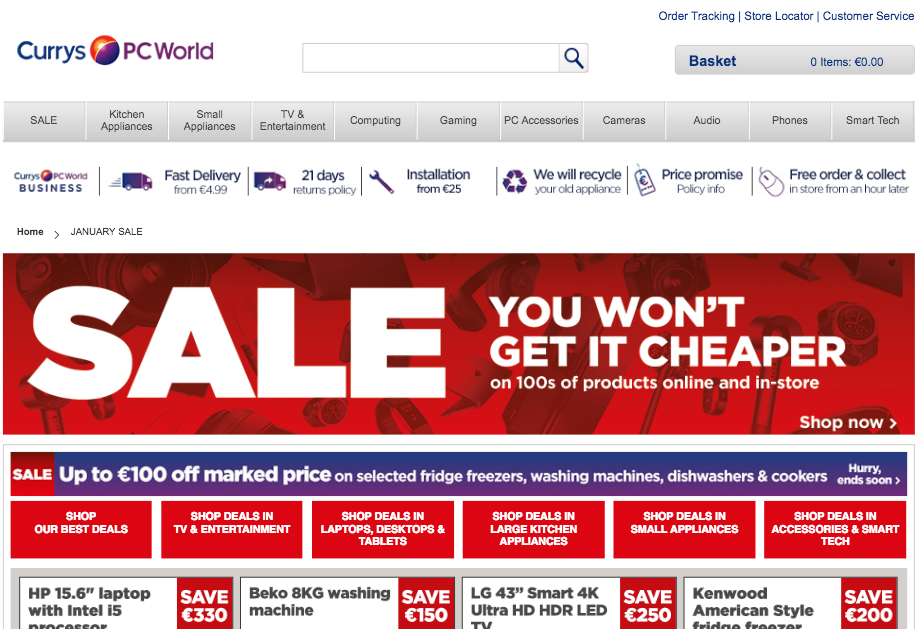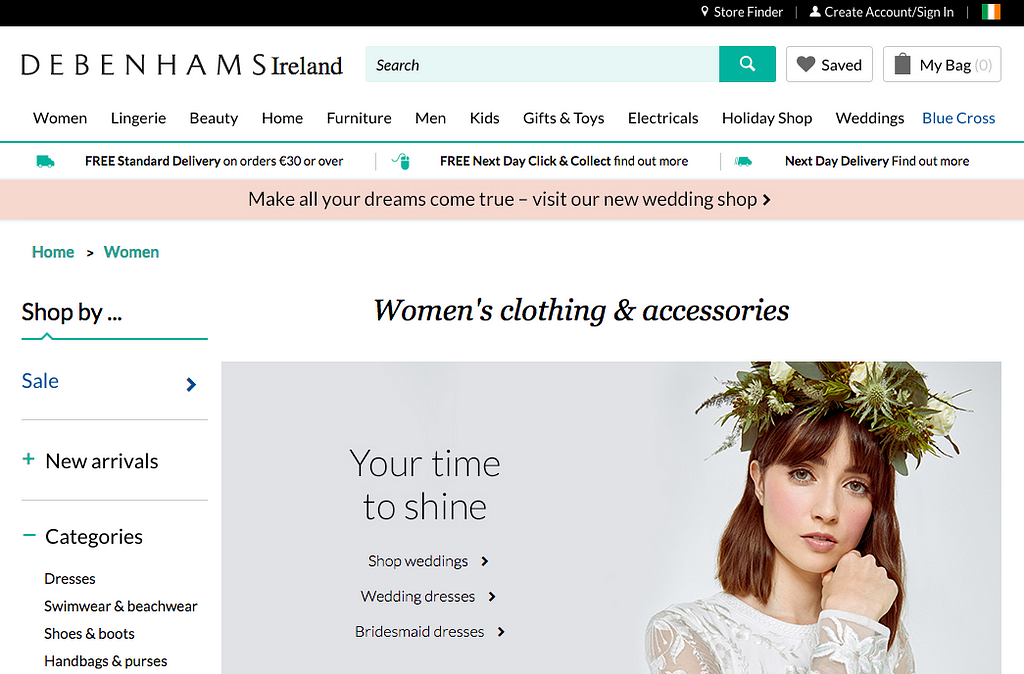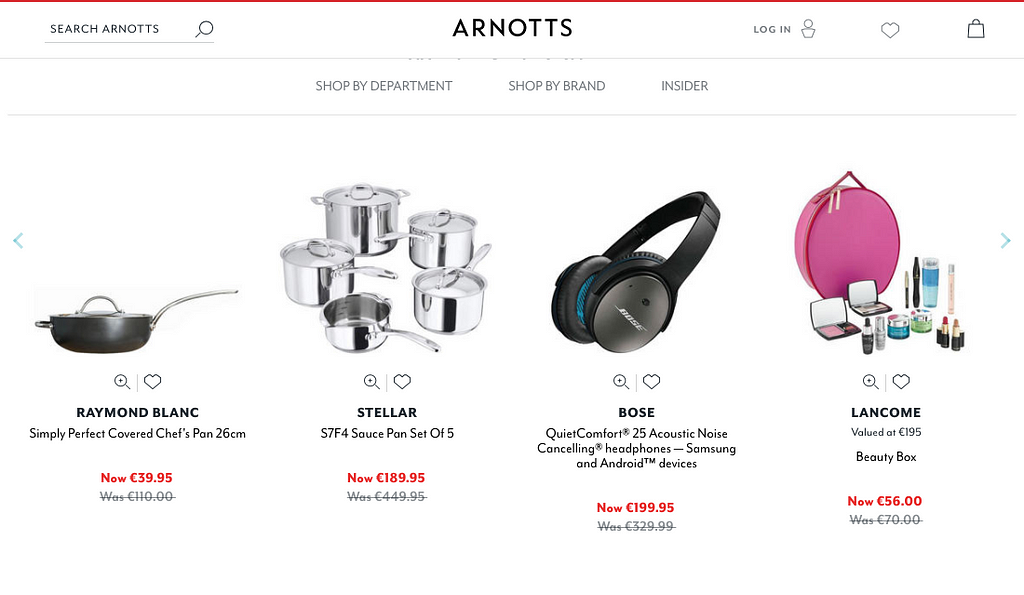Latest news about Bitcoin and all cryptocurrencies. Your daily crypto news habit.
 Thomas Smith and Obergruppenführer John Smith — The Man in the High Castle (Amazon Video)
Thomas Smith and Obergruppenführer John Smith — The Man in the High Castle (Amazon Video)
Lives. What you see up there is Thomas Smith and Obergruppenführer John Smith, Thomas’ father from the critically acclaimed Amazon TV series, “The Man in the High Castle”. Thomas, according to Nazi law, was not fit for the reich as he had a degenerative disease, which would ultimately render him disabled. Thomas was not fit for the world that Hitler envisioned.
While our unfortunate character is merely part of a fictional story, a figment of Philip K. Dick’s imagination, the reality is that during this ungodly and bloodiest of wars mankind has ever seen, marginalising and “getting rid” of our society’s health-wise less fortunate to the extent of taking their lives away in mass numbers, was not uncommon.
 Left: Two pages of the death registry at Hadamar listing false causes of death. Thousands of the physically and mentally disabled were killed there as part of the Euthanasia Program. Germany, April 5, 1945. Right: Cemetery at Hadamar where victims of euthanasia killing at Hadamar were buried. This photograph was taken toward the end of the war. Hadamar, Germany, April 1945.
Left: Two pages of the death registry at Hadamar listing false causes of death. Thousands of the physically and mentally disabled were killed there as part of the Euthanasia Program. Germany, April 5, 1945. Right: Cemetery at Hadamar where victims of euthanasia killing at Hadamar were buried. This photograph was taken toward the end of the war. Hadamar, Germany, April 1945.
You see, while the Holocaust is often remembered for all the Jews who were executed during the second world war, the Nazi regime’s plans went far beyond that, not overlooking their own, and regardless of bloodline, nationality or rank (Hitler himself would be an exception there, though he did take his own life eventually), those who were unfit for the “greater good of the Nazi empire”, were removed from society without remorse.
You’d think that after over half a century of human, political, social and technical (re)evolution, the unwashable bad publicity of this war and the horrors of what we still can’t fully digest, we have become better at dealing with our disabled. Some might say we have, and to some extent, on the surface, they’d be correct. Traffic lights scare the living crap out of you with their beeps (at least in Dublin, anyway) notifying the blind, there are ramps in many places, including public transport so wheelchair users can go about their daily business, and disabled parking spaces have become so popular, there’s hardly ever an empty one at the local pub, casino or super-market. But unless you’ve been living under a very large and heavy rock for the last three decades, that’s only half the world we live in…
The other half is non tangible. Virtual. Digital. It’s called the world wide web, and has been since 1985. And as if 50% of the world wasn’t a large enough number, that’s only true for us — the non disabled folks. Now think of everyone who is disabled and either cannot get out much, or at least one of their senses doesn’t function properly (or at all). For them — while albeit it is sometimes up to them and their attitude towards life with a disability — often the outside world barely exists, so digital is pretty much all they know and use. It is no more a situation of depriving them of something they should have a right to, it’s one of depriving them of nearly everything.
Physical accessibility solutions just don’t cut it any more
Braille books, digital to braille devices, wheelchair ramps, tactile pavements, keychains with a million flashcards for non-verbal communications and many other “solutions” always make either the assumption that disabled people are helpless creatures or that they’re willing to go through the hassle of getting what they want in the most difficult way possible. Casey Neistat whom I respect deeply and find often incredibly inspiring, a few months ago introduced his viewers to someone whom since that day I find to be one of the most amazing human beings on the planet. Watch the video. Please.
Assuming that as a fully invested reader you watched the video — yup, now’s the time to feel ashamed and actually watch it — you’ll see what getting coffee is like in New York city for a blind person. Casey is nearly speechless and considers it a jarring experience. For Molly, things are a bit different, as she’s used to all of it and for all intents and purposes this is now the norm for her. That being said, she is the absolute best case scenario. There are incredibly few people — completely able-bodied — I have met in my life who had such a drive and passion for life. To add a disability like complete blindness to the mix and still have that… it’s nearly unheard of.
We want it digital, and we want it now!
While a person like Molly would most likely get up and get herself to a library that has books in braille, and do that regularly to either satisfy a hobby or research, the truth is most people will look for an easier solution. And why would they not? Everybody does. I have not been to a library in ages. Either I read online, use a Kindle type device or order the books from Amazon. Go to the library… gah, what am I? A savage? An animal? Hit that buy button! Two minutes later I am knee-deep in the first chapter already forming a theory on who the villain is and why.
Now think of a blind person or someone with motor impairment doing exactly the same. It will — and I kid you not — become a task just shy of climbing the Everest. Amazon was notorious when it came to accessibility and only in the last couple of years have they spent serious efforts in fixing that, but even today if I run a Lighthouse test on their site, accessibility is still only at 75%, which while better than most shopping sites out there, imagine having to go through the pain of setting up an account, adding the address, card details and going through all the delivery options that you may be presented with. It’s a pain even for me, a regular user. Sure, subsequent purchases can be done with a single click/tap, but that isn’t always straight-forward either. For those of us who live in Ireland where half the products appear with a note saying it’s not available in Ireland, shopping on Amazon can become frustrating very quickly.
Digital is not up to the challenge: case studies.
OK, so don’t shop on Amazon, go for a site that’s Irish and thus guaranteed to ship locally if the item is in stock. That’s also hardly an option. Let’s see why. Just running again a quick Lighthouse audit on the following sites shows the complete and shameless ignorance of well known corporations to accessibility.
But even that 42% is misleading because it doesn’t mean it’s almost halfway there, pat on the back, A for effort. Nah! Currys’ web-shop is truly all over the shop! Pun intended. Digging a bit more into where the site fails to meet accessibility requirements, Currys falls short at the basics:
- Image elements do not have [alt] attributes. Those that have will have something like “HP 15”. What does that mean to a visually impaired user? Probably nothing.
- Links do not have a discernable name. Because why would they? Having something along the lines of <a href=”http://www.currys.ie/category/our-best-sale-deals/409.21"> makes a whole lot more sense with no text at all, just an image with no proper alt text either. Not!
- Form elements do not have associated labels. Amateur level HTML coding stuff. A decent junior coder knows these things are required even if they know nothing about accessibility.
- Elements are well structured. Big fail! Having the same id on a single page multiple times goes against the very basics of web development itself. It has the potential to literally break the entire site.
 Currys.ie Lighthouse reportArgos.ie — 47%
Currys.ie Lighthouse reportArgos.ie — 47%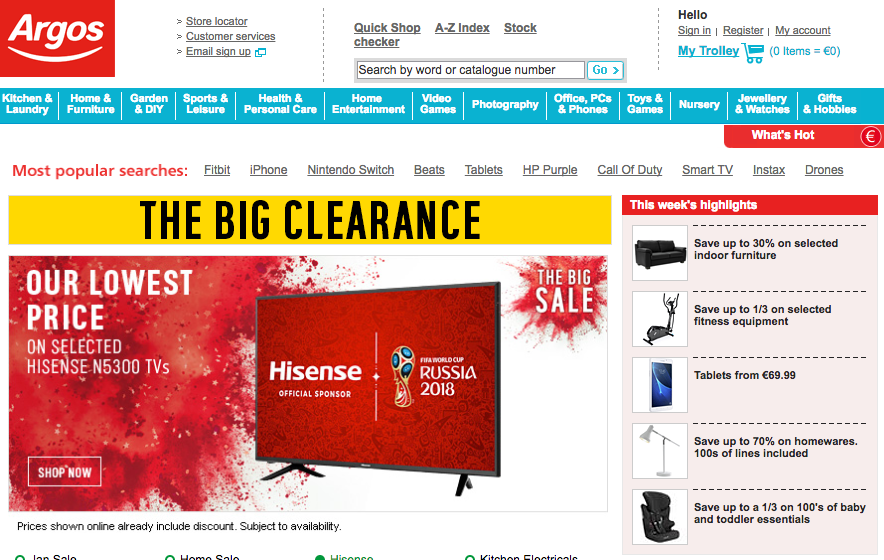
Only marginally better than Currys, and I am going to only mention the failed tests that are different to the previous example:
- Buttons do not have an accessible name — namely the submit button. This is proof of pure ignorance, not developer incompetence.
All the other 4 points are the same as in the Currys example. Makes me wonder if it’s the same development company that was hired to do the work.
A popular shopping site of the ladies and those with more than a couple of extra quid in their pockets, Debenhams seems to have done a fair effort, ticking most boxes when it comes to accessibility. Except…
- Meta tags used properly — The document must not use the user-scalable=no parameter in the <meta name="viewport"> element because it disables text scaling and zooming which is essential to users with low vision.
Arnotts is another “high-class” shopping site popular with the ladies and newlyweds. Suspiciously enough, this one does pretty well too on the accessibility front. Makes me wonder whether online accessibility is seen as a high-class privilege or something…
- Elements are well structured — Screen readers have a specific way of announcing lists. This feature makes lists clearer to understand, but will only work if lists are properly structured. Properly-structured lists only include <li> content elements.
I am not going to go into minute detail for the next six websites, will just report the score, to offer a more complete and representative picture of what our disabled have to deal with on average:
- Independent.ie —a surprisingly low 54%. I guess disabled people don’t need to read the Independent. Maybe because they’re not seen as “independent” individuals…?
- RTE.ie — just as disappinting as its competitor news site, a sad 57%. Seriously, what is the RTE spending money on that they haven’t found the financial resources to build a proper site that everyone can consume content off?
- Daft.ie — a measly 43%, because apparently disabled people don’t need to buy, sell, rent or have anything to do with the property market. Not sure what statement Daft.ie is trying to make here… Are all disabled people homeless?!?
- Bankofireland.com — 74%, which is actually not bad, but when you take into account the fact that this is a major bank with a myriad of both simple and complex services to offer, it makes you wonder whether that 74% is good enough or not. I say not, and all banks should strive to hit the same mark as government sites: 100%. WCAG 2.0 AAA. Nothing less!
- Aib.ie — another bank that ignores its disabled customers. A sad-sad 57%. Good luck applying online for a loan if you’re visually impaired.
- Donedeal.ie — which is basically an Irish eBay, scored a pitiful 63%. Apparently disabled people have nothing to sell or buy. They just breathe. Quietly. In some corner of an empty room. Though according to Daft.ie’s audit results, they might not have a room…
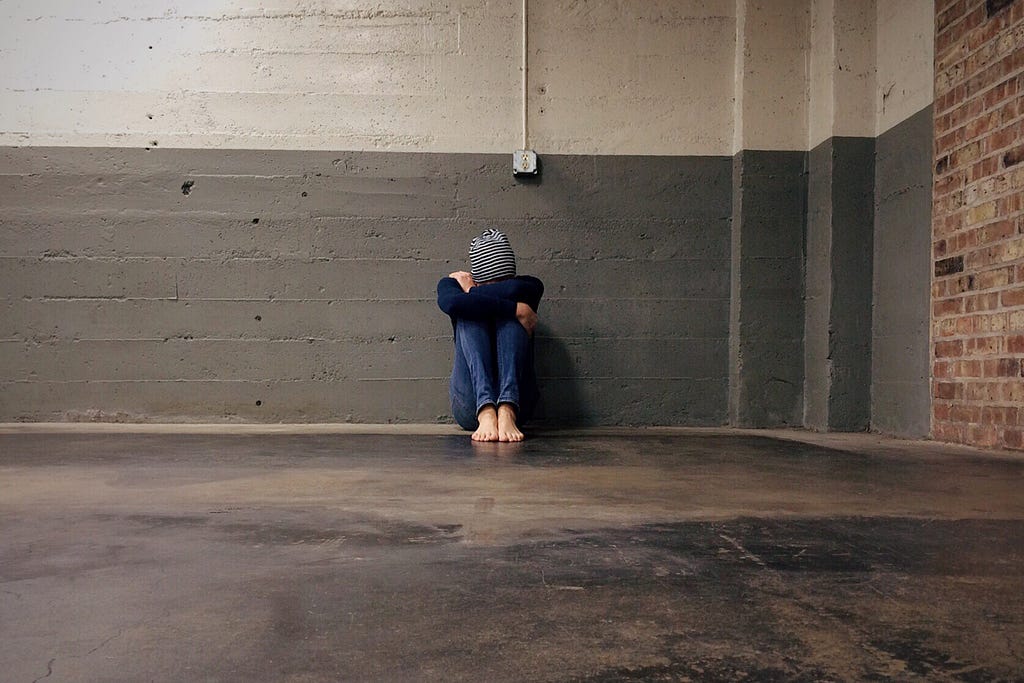 According to the current state of web, this is what a disabled person’s life should look like…
According to the current state of web, this is what a disabled person’s life should look like…
You know what’s even more abhorring? That while only two of these sites — that’s a staggering 2/10 — manage to reach a 75% accessibility rating, 8/10 manage to overshoot that same 75% when it comes to SEO! So there’s money to be spent on doing things the right way on what really matters. To them. But allow me to throw a curveball here and say…
 One can never have too many Trump memes. LOL
One can never have too many Trump memes. LOL
Please, pretty please, explain to me what the point of finding a website in the search results is, if half the world cannot use it? Ha? Ever think about that, smartass?
What kind of asinine online business strategy rates SEO over UX ?!?
Or does your flowed logic see a disabled person’s disappointment and the resulting negative publicity as good exposure? You still believe there’s no bad advertisement, ay? Think again. If I write up a list of fully accessible shopping and news sites and flood all the disabled community forums and social media pages with that list, and your site is not on that list, won’t that drive traffic away from you? The hell it won’t! Every time the screen reader will utter “The Independent” and “Currys”, users will run for the hills and curse in all the sign languages they speak!
Human rights, perverted?
In a world that boasts about political correctness, women’s rights, animal’s rights, gay rights and the likes, we somehow ended up ignoring and downright shunning our disabled from the “let’s make the world a better/fairer place round-table”. The media will pick up literally any story involving something “unfair” and “humiliating”, yet somehow 1.9 billion people seem to be less important than an amateur blogger with 70K Instagram followers who is denied a 5 day free accommodation at an expensive hotel in Dublin, in exchange for some positive video review.
I guess “holochausting” nearly 2 billion people to a desert of information where — in a best case scenario — 20% of content is available to them; all this in what we call “the information age”, is not newsworthy. It’s not something that people can chew on, and spit out opinions on. It’s not something that can go viral. It doesn’t involve cute kittens, disrespected amateur bloggers, exploding batteries, entitled customers, a celebrity’s side-boob, a doping sportsman, Trump’s tweets, or the British Prince’s new haircut — all of which seem to matter far more than 1.9 billion people’s jarring experience on the internet. What a vile world we live in, where a corporation such as Google — often seen as the devil in disguise by many — ends up having to point out to the world that basically everyone is creating inaccessible content, and we should maybe fix that, and fix it very quickly.
But it’s not all lost.
I am sad. I am fuming of anger. Disappointed in us as human beings, as a society, as engineers of the web, that we managed to create and continue to do so, an inhospitable and uninhabitable digital environment for such a large number of individuals who are so very much like us, except different in just a way or two.
But I want to end this on a positive tone by saying this is not the end of it all. Sure, for 30 years, we omitted teaching the world how to develop accessibly, allowed ignorance and money to dictate how software on the web works and looks like. But that can stop. Today’s inaccessible web can easily and quickly become a much better experience not for just disabled individuals but everyone. Think of it this way. You might not care much or at all about those who must, because of their physical and/or mental disabilities, live differently compared to you and I, but you in your own selfishness should realise and understand that web accessibility is ultimately for you too, because your eye-sight in time will deteriorate, unfortunate accidents happen all the time, illnesses come and go, and old age will make it more difficult to get around, or even tap a button on a screen. As Google very aptly put it in their web accessibility course, creating content that works well for disabled individuals makes the product so much better for everyone else.
While retroactively applying accessibility to online content can be at times excruciatingly difficult to pull off, and daunting to even consider, I urge you to take it step by step. Google’s Lighthouse provides the means directly from the browser (Chrome — all versions since late 2017) to get a report on how well your site and content ranks on the accessibility chart.
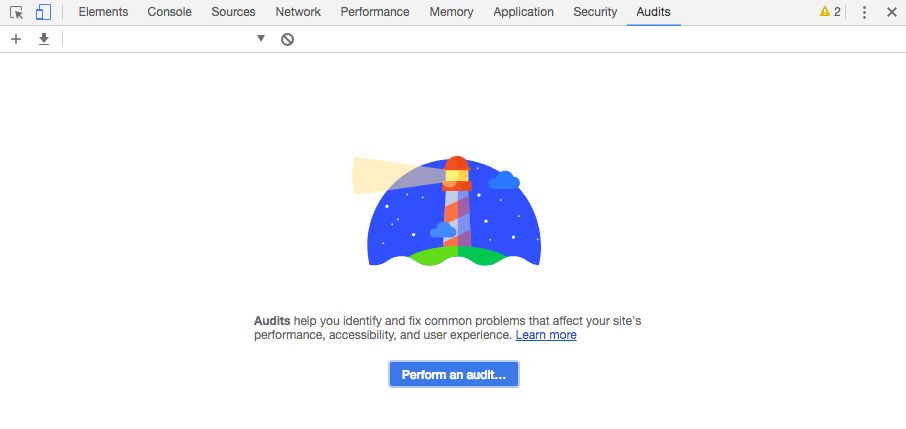 Google’s Lighthouse project part of Chrome’s developer tools since late 2017
Google’s Lighthouse project part of Chrome’s developer tools since late 2017
You’ll realise very quickly that accessibility is only partially an extra task in web design and development, and it relies heavily on HTML5 best practices and W3C and WCAG 2.0 recommendations, none of which are news to the industry, as most of these have been there since the early drafts of the web standards in 1993. You will understand throughout the next series of workshop articles that fixing these past mistakes and building new, accessible web experiences improves design, user experience and ultimately, makes the world a better place for everyone.
Here’s what you can do now:
- Take Google’s Accessibility Course (via Udacity) for free
- Check out Molly Burke’s YouTube Channel and Homepage
- Read the documentation on A11Y, WAI-ARIA, and WCAG 2.0
- Familiarise yourself with accessibility tools like LightHouse and AXE
Post Scriptum
The 1.9 billion figure is an estimate we’re going to hit by 2050, so while right now that number is just over 1.2 billion, assuming you, as a reader are not over the age of 60, with an estimated population of 9.8 billion by 2050 the 1.9 billion estimate is both realistic and relevant to you, personally.
Attila Vago — writer of codes, blogs and things that live on the web. Programming polyglot, pragmatic doer, member of the “taking care of business” crowd, with a no nonsense attitude. An easily inspired inspirational individual with a strong predilection towards most things nerdy, good, carnivorous food, and Lego. Uses a Mac. Runs at 6 a.m.
HackerNoon and Quora author.
Web Accessibility Is Worth 1.9 Billion … was originally published in Hacker Noon on Medium, where people are continuing the conversation by highlighting and responding to this story.
Disclaimer
The views and opinions expressed in this article are solely those of the authors and do not reflect the views of Bitcoin Insider. Every investment and trading move involves risk - this is especially true for cryptocurrencies given their volatility. We strongly advise our readers to conduct their own research when making a decision.
